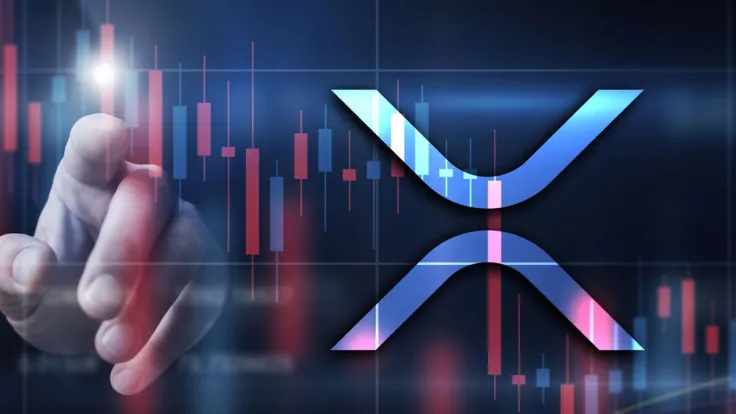
Disclaimer: The opinions expressed by our writers are their own and do not represent the views of U.Today. The financial and market information provided on U.Today is intended for informational purposes only. U.Today is not liable for any financial losses incurred while trading cryptocurrencies. Conduct your own research by contacting financial experts before making any investment decisions. We believe that all content is accurate as of the date of publication, but certain offers mentioned may no longer be available.
XRP has recently lost its footing around its local high of $0.58 and has experienced a decline of approximately 7% in value over the past few days. This development portrays XRP as a potentially weak asset that may face further challenges in sustaining its current rally, possibly resulting in the loss of its underlying support.
As of now, no critical events have occurred, and XRP continues to maintain its position at the 21-day exponential moving average (EMA), suggesting that the asset is still in an uptrend. However, there are several factors that could negatively affect XRP's performance.
One of these factors is the decreasing trading volume, which indicates a reduced level of interest from traders and investors in the asset. A diminishing trading volume can negatively impact XRP as it leads to lower liquidity, making it more susceptible to price fluctuations and heightened volatility. Moreover, when trading volume is low, it becomes challenging for the asset to maintain its current price levels, potentially leading to further declines.
Another concerning aspect is the diverging moving averages. As the shorter-term moving averages continue to widen from the longer-term moving averages, it could imply that the momentum behind the asset's price movement is waning. This situation may suggest that the ongoing uptrend is losing steam, potentially leading to a trend reversal and further price declines.
If XRP manages to find strong support at a crucial level, such as the 21-day EMA or a historic support level, it could encourage buyers to step in and push the price higher. A break above significant resistance levels or the formation of bullish chart patterns could also signal a potential price reversal. A surge in trading volume could also help counter the current decline in interest and liquidity, providing the necessary momentum for a price reversal.

 Alex Dovbnya
Alex Dovbnya Caroline Amosun
Caroline Amosun Godfrey Benjamin
Godfrey Benjamin Tomiwabold Olajide
Tomiwabold Olajide